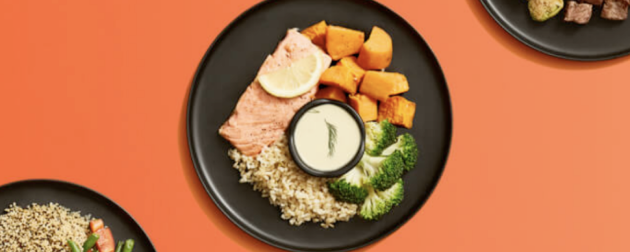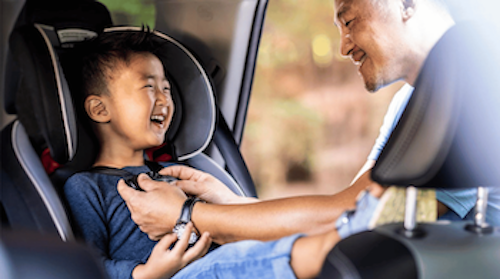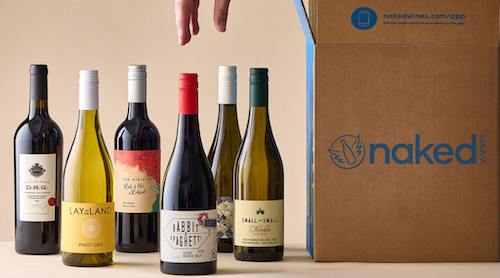As a responsible parent, ensuring the safety of your child is a top priority, especially when it comes to travelling in a vehicle. In Australia, road accidents are an unfortunate reality, but you can significantly reduce the risk of injury by choosing the right car seat for your child. With numerous options available in the market, it can be overwhelming to select the safest one for your little one. In this blog post, we’ll guide you through the essential steps to choose the safest car seat in Australia.
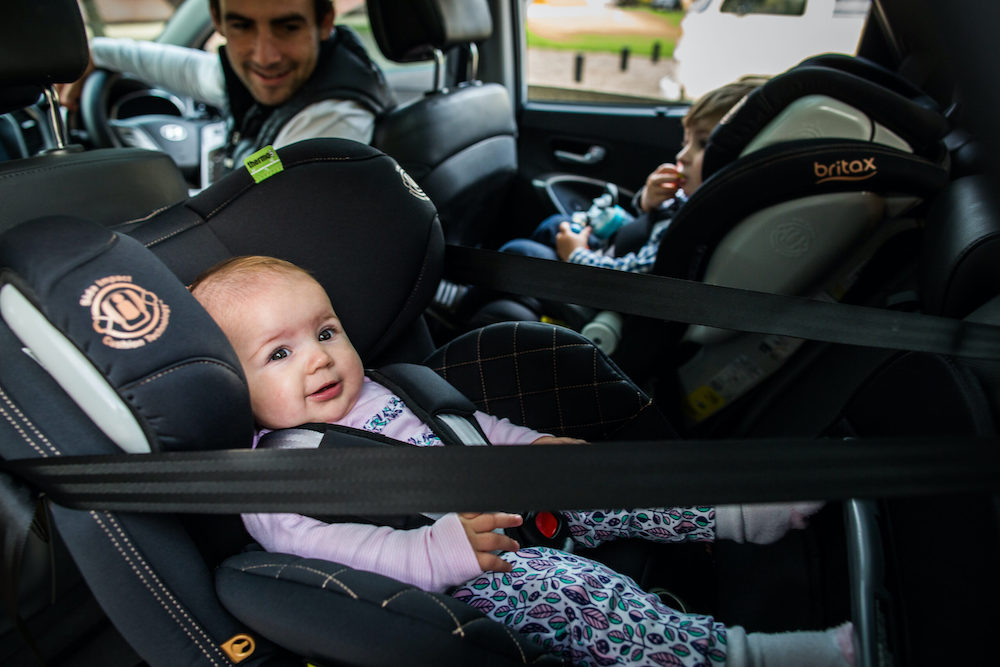
1. Age and Size Matters:
Car seats are categorised based on the child’s age and size. It is crucial to understand the different stages and choose the appropriate seat accordingly.
The three main types of car seats are:
- Rear-facing – from newborn until as long as possible (generally 12 months)
- Forward-facing – From around 12 months – 7 years (depending on height of child)
- Booster seats. (7-12 yrs depending on height of child).
Infants and toddlers should use rear-facing seats until they outgrow the weight and height limits specified by the manufacturer. Then, they can transition to forward-facing seats with a harness until they reach the maximum height and weight requirements. Booster seats come next and should be used until your child is tall enough to use an adult seatbelt safely, typically around 145 cm tall.
2. Comply with Australian Standards:
Never compromise on safety by purchasing car seats that do not meet Australian safety standards.
- Look for the “A tick” mark – indicating the product has been tested and approved as per the Australian/New Zealand Standard (AS/NZS 1754). These standards ensure that the car seat has undergone rigorous testing for crash protection and other safety parameters.
- Always check for the manufacturing date – Older car seats may not meet the latest safety requirements.
3. Proper Installation is Crucial:
Proper installation of the car seat is as critical as choosing the right one. Many accidents are due to incorrectly installed car seats.
- Always read the instruction manual carefully and
- Follow the manufacturer’s guidelines.
- Make an appointment with a certified expert or car seat fitting station (you’ll find them at most baby stores) if you’re unsure how to fit it properly to your vehicle.
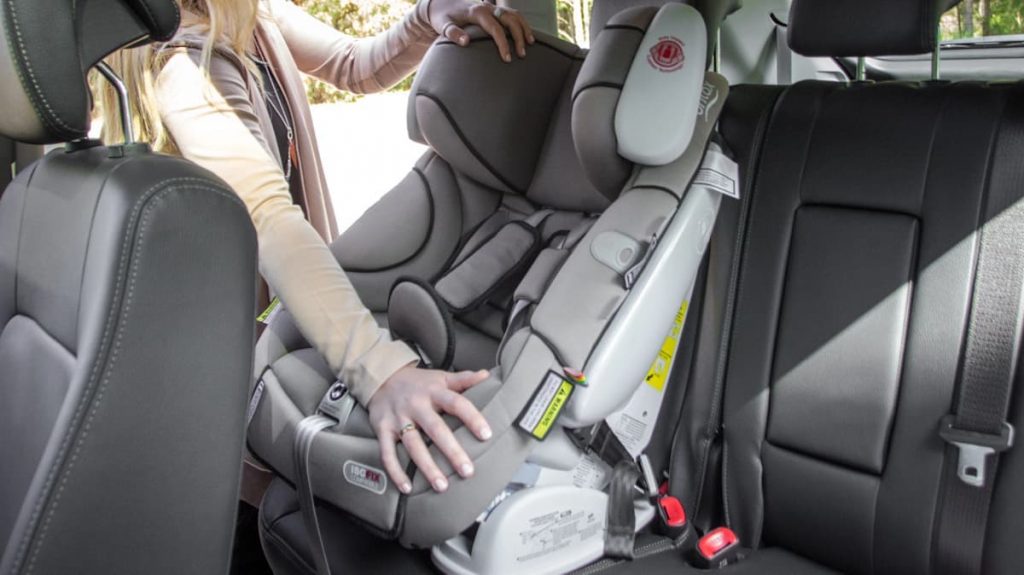
4. Consider Isofix or Seat Belt Installation:
Australia allows two primary methods of securing car seats: Isofix and seat belt installation.
- Isofix refers to the standardised attachment points built into the vehicle structure, making it easier to install the car seat securely.
- Seat Belt installation uses the vehicle’s seat belts to secure the car seat.
Both methods are safe when correctly installed, but Isofix is often considered easier to use and less prone to installation errors.
5. Side Impact Protection:
When evaluating car seats, look for additional safety features, such as:
- Side impact protection. This feature provides extra support and padding on the sides of the seat, reducing the risk of injury during a side collision.
- Consider investing in a car seat with reinforced side wings or headrests for added safety.
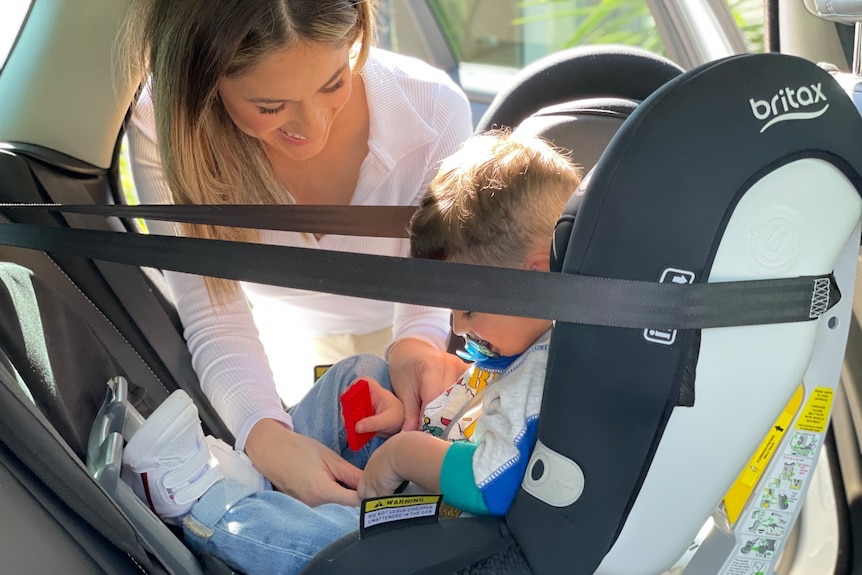
6. Age-Appropriate Accessories:
Avoid using any accessories that haven’t been tested or approved by the car seat manufacturer, such as:
- head supports
- strap covers
- Aftermarket padding may interfere
These may interfere with the car seat’s safety performance, potentially compromising your child’s safety.
7. Check for Recalls:
Regularly check the product’s recall history and make sure the car seat you choose hasn’t been recalled for safety issues. Manufacturers often announce recalls for potential defects, and it’s crucial to address them promptly to ensure your child’s safety.
Choosing the safest car seat for your child is an essential responsibility that should not be taken lightly. Remember that each child is unique, so choose a car seat that fits your child’s size and age, ensuring a comfortable and secure journey every time you hit the road. Let’s prioritise safety, and together, we can reduce the risks associated with travelling in vehicles and keep our precious little ones safe.
Disclaimer: The information provided in this blog article is intended for general advice and informational purposes only. It is not intended to be a substitute for professional advice
